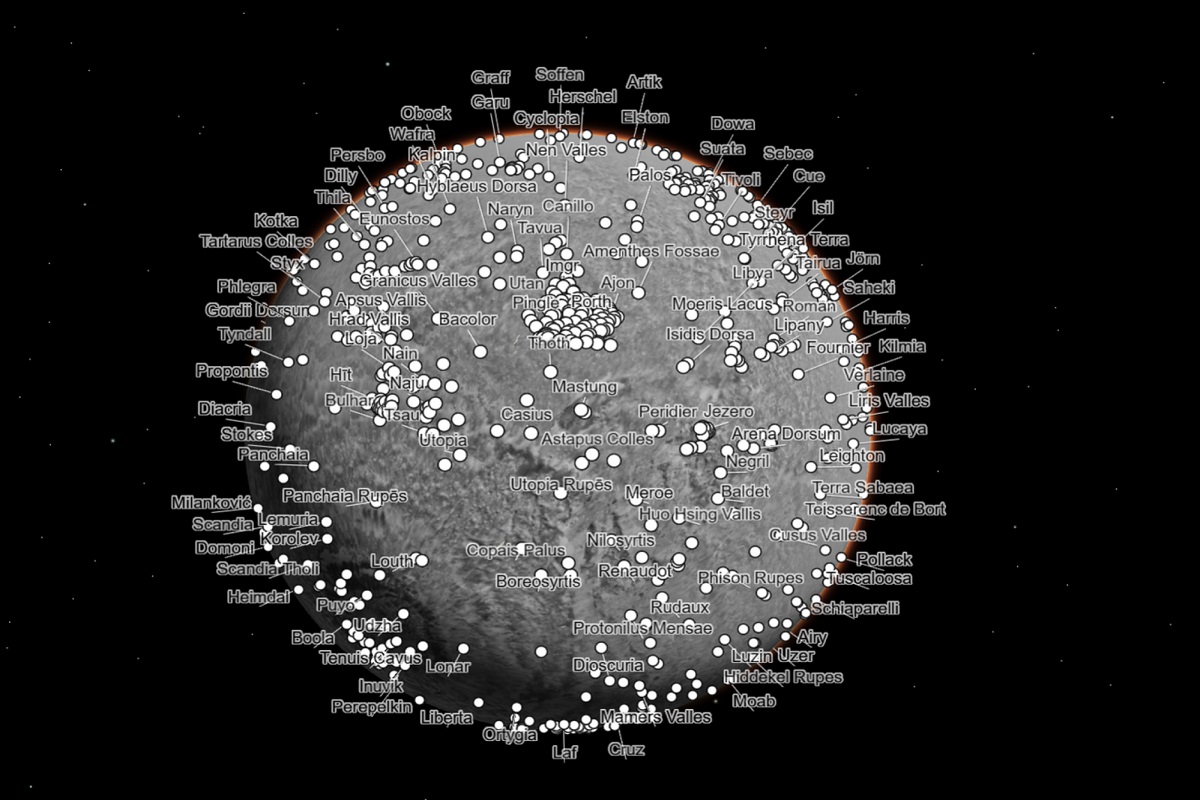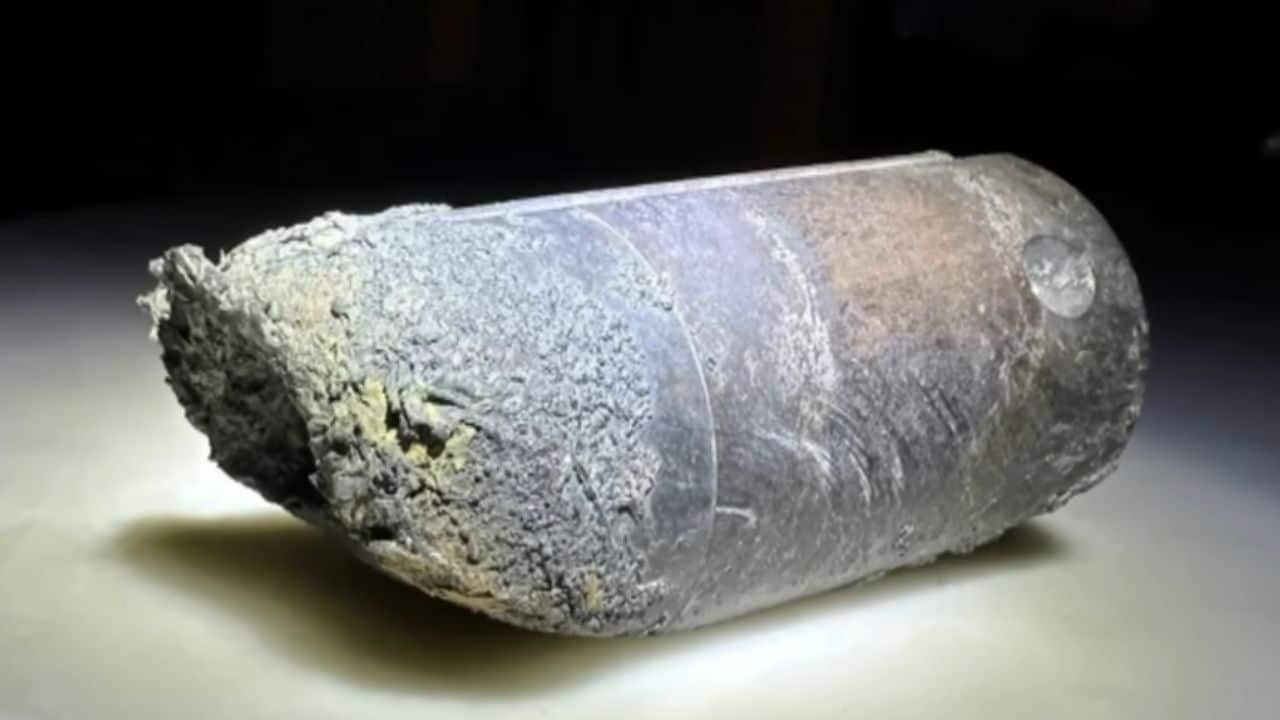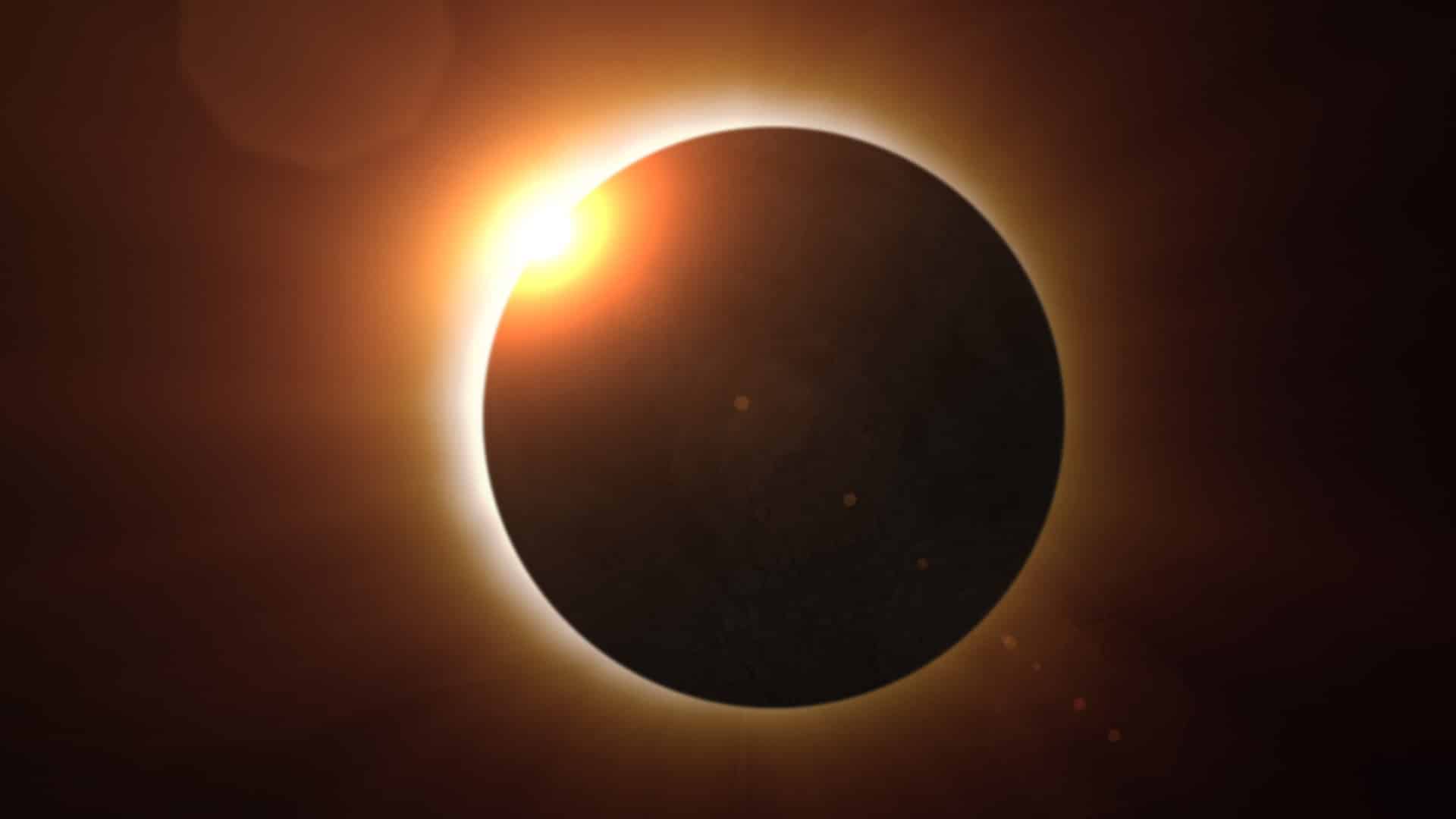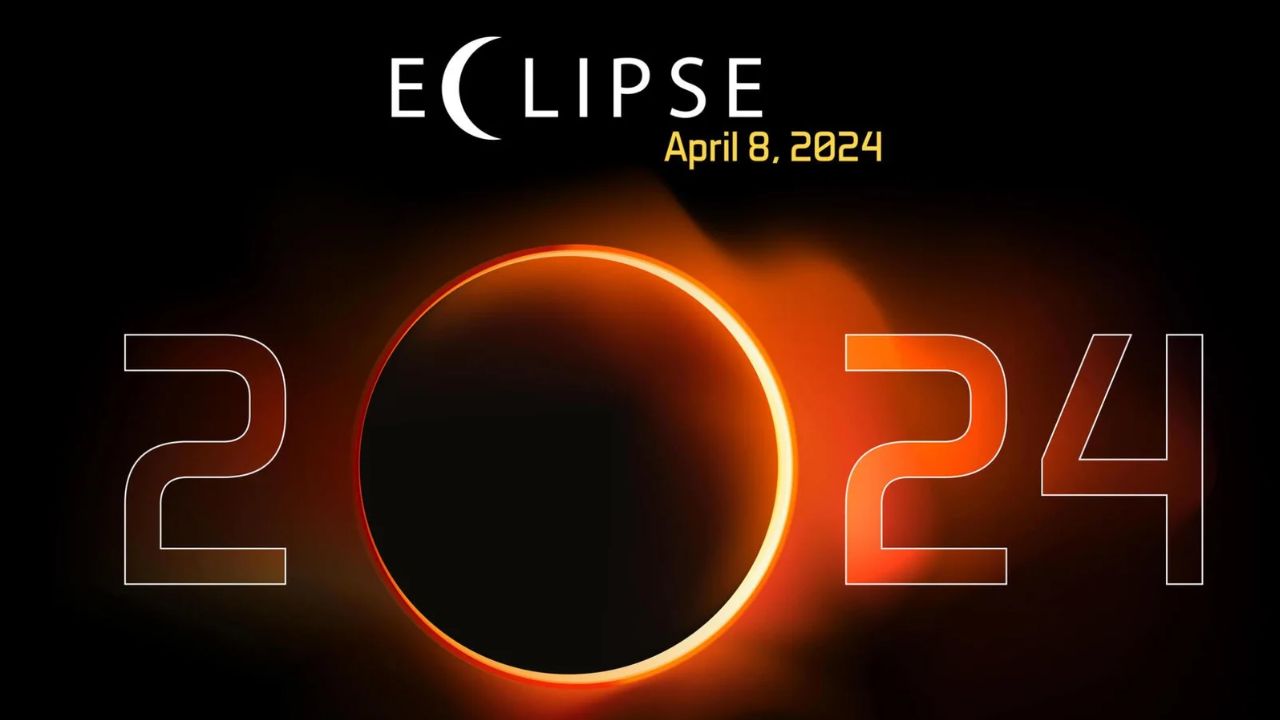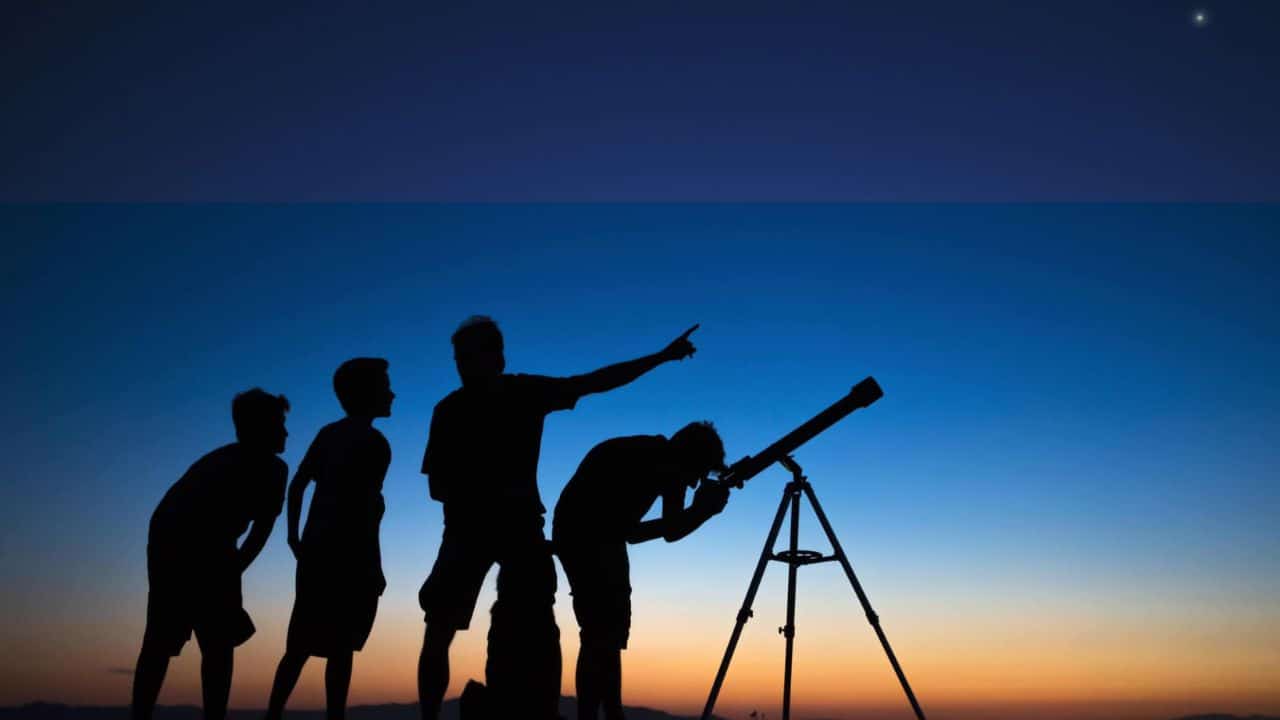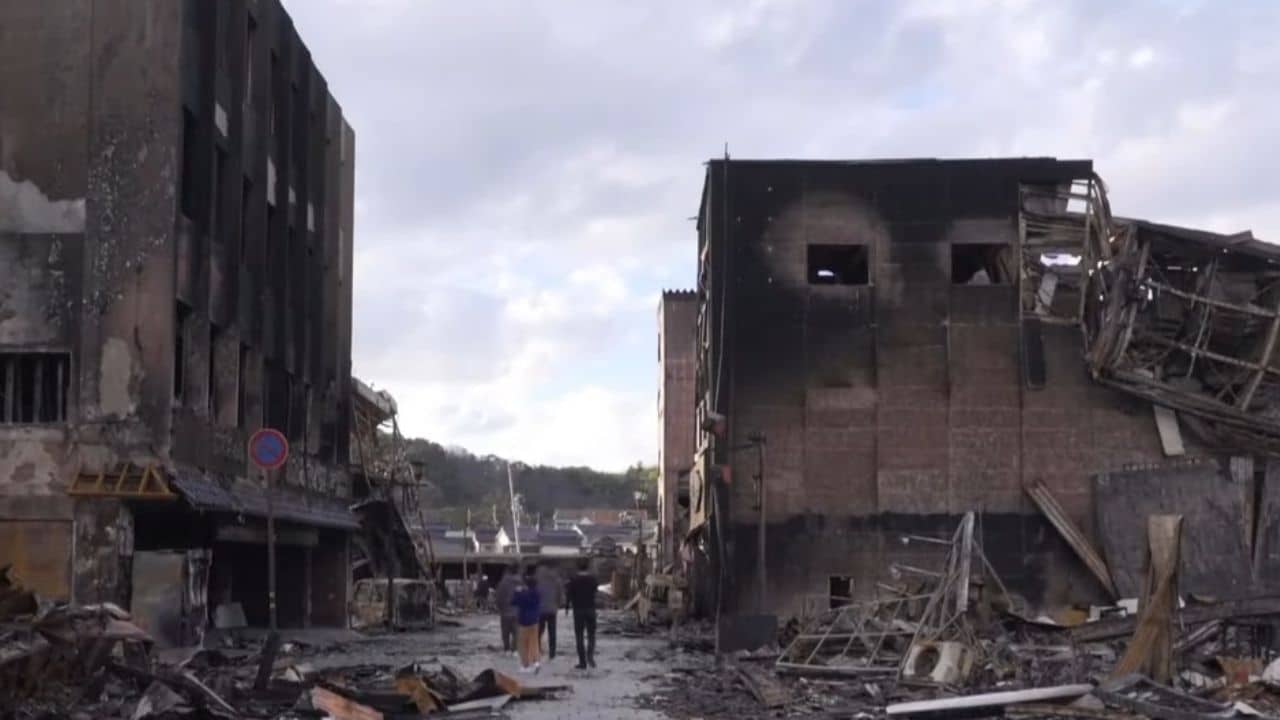Listen to the Podcast:
It took six years and tens of thousands of hours to make the mosaic, which is made up of 110,000 pictures of Mars.
It is already possible to explore Mars in a virtual way. Scientists and the general public can now use NASA’s Mars Reconnaissance Orbiter data to navigate a new global image of the Red Planet that was made at Caltech (MRO).
A new mosaic of Mars is made up of 110,000 images taken by the spacecraft’s black-and-white Context Camera, or CTX. The images cover almost 25 square meters per pixel and show interesting details like cliffs, impact craters, and dust-swirling tracks.
This makes the CTX Global image of Mars, which you can see at this link, the most detailed global picture of Mars ever made. This 5.7 trillion pixel (or 5.7 terapixel) mosaic could cover the Rose Bowl Stadium in Pasadena, California if it were printed out.
Work for Six Years
The mosaic was made by the Bruce Murray Laboratory for Planetary Visualization at Caltech. It took tens of thousands of hours and six years to make. It has so much information that a beta version has already been used in more than 120 peer-reviewed scientific articles. But anyone can use the tile because it is simple.
The imaging scientist who led the project and runs the Murray Lab, Jay Dickson, said in a statement, “I wanted something that everyone could use.” “Now, kids in school can use this. My mom just turned 78, so she can now wear this. The goal is to make it easier for people who want to go to Mars to do so.”
MRO is run by NASA’s Jet Propulsion Laboratory in Southern California. CTX is one of three cameras on board MRO. The High-Resolution Imaging Science Experiment (HiRISE) is one of these cameras. It can take color pictures of details on the surface as small as a dining table. Instead, CTX gives scientists a bigger picture of the land around these features, which helps them figure out how they are connected. CTX is especially good at finding impact craters on the surface because it can see more of the landscape at once. The Mars Color Imager (MARCI), a third camera, is run by the same people who run CTX. It makes a global map of Mars’ weather every day, but with much less detail.
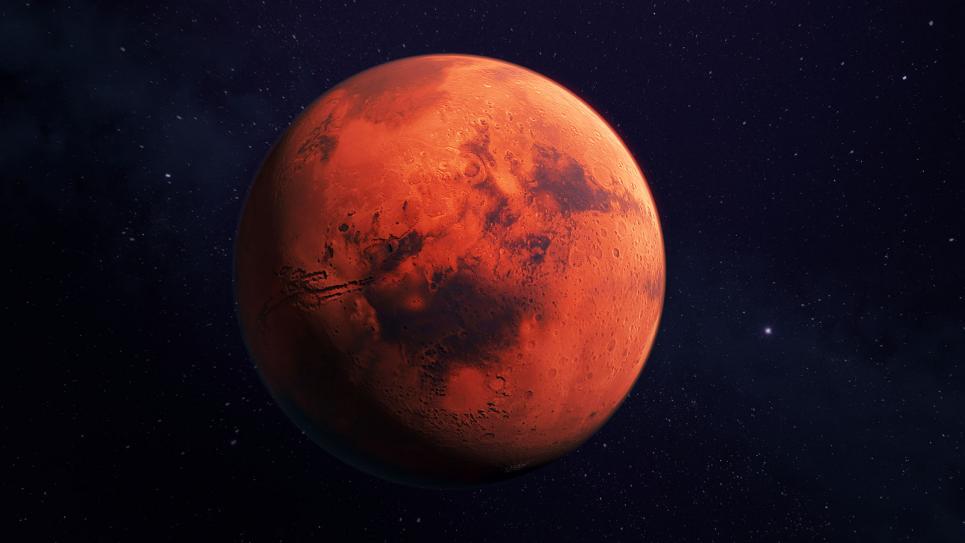
Since MRO landed on Mars in 2006 and started taking pictures, CTX has documented nearly the whole Red Planet. This means that scientists can use its pictures as a great starting point when making a map. Mapping is a lot like trying to find a needle in a haystack while also putting together a puzzle. It requires downloading and looking through a large number of images to find ones with the same lighting conditions and clear skies.
Dickson made an algorithm to match the images based on the details they captured so that he could make the new mosaic. He put the remaining 13,000 images that the algorithm couldn’t match together by hand. When Dickson started working on this project, CTX hadn’t been able to take pictures of some parts of Mars, and the other spaces in the mosaic show places where clouds or dust make it hard to see.
Laura Kerber, a scientist at JPL who works on Mars, gave feedback as the new mosaic came together. Kerber said, “I’ve wanted something like this for a long time.” “It is both a beautiful work of art and an important scientific tool.”
Kerber recently used the picture to go to his favorite place on Mars, which is a dusty area the size of Mongolia called Medusae Fossae. Scientists aren’t sure how it came to be, but Kerber thinks it might be a pile of ash from a nearby volcano. With the click of a button on the CTX mosaic, you can see where the once-flowing rivers, which are now dry, used to go.
Users can also jump into Gale and Jezero craters, which are being explored by NASA’s Curiosity and Perseverance rovers, or visit Olympus Mons, the tallest volcano in the solar system, using topographic data from the Mars Global mission. A surveyor from NASA. One of the most interesting things about the mosaic is that it shows how scarred the surface of Mars is by showing impact craters all over the planet.

